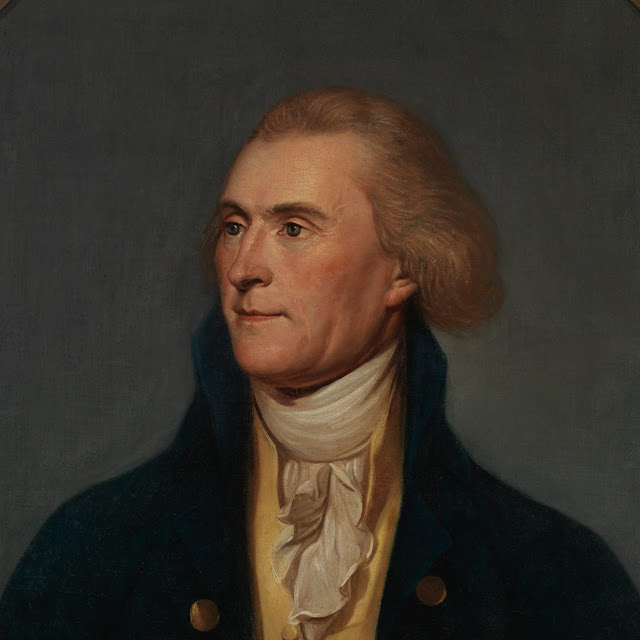Chapter Six: Hallet Dismissed

Table of Contents page 91 index Chapter Six: Hallet Dismissed 57. In 1948 the White House was gutted prior to a complete renovation. The building is about the size of the North Wing of the Old Capitol. This photo gives an idea of the shallow sandstone foundation of both building (be sure to click photo to enlarge it. Meanwhile the first story of the President's house had been built. The man who deserved most of the credit was an elderly emigrant from Scotland related to a Georgetown tavern keeper. Collen Williamson came down from New York City and supervised both the quarrying of stone down river and the mostly Scottish emigrants who laid the stone. He boasted of building stone castles in Scotland and assured the commissioners that no bricks were needed. James Hoban, an emigrant from Ireland who had won the design contest for the building, hired a crew of mostly Irish carpenters. He also scouted building materials other than stone. He pleased the commissioners by at the same
